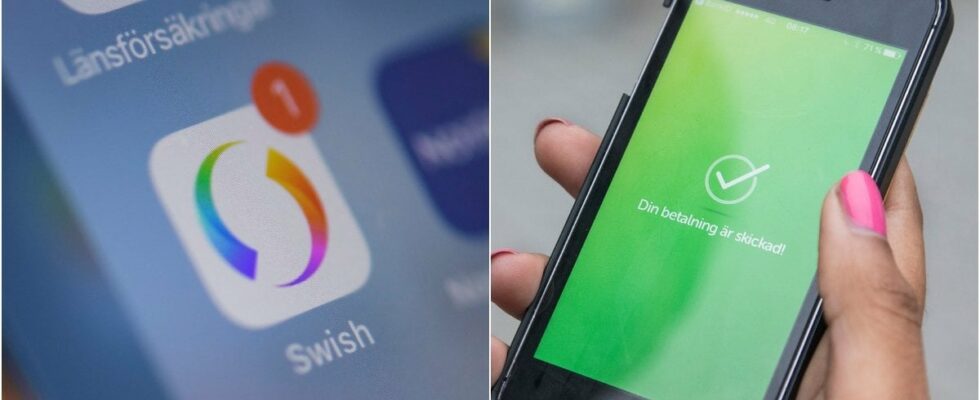In 2012, six major Swedish banks began to collaborate to develop simpler and smoother bank transfers. In December 2012, the Swish service was launched, which has become standard for the vast majority of people when they transfer money to someone else.
Today, 8.5 million private users have Swish on some kind of device. Of those, a whopping 93 percent of users send or receive payments every month.
READ MORE: Then you can’t use Swish – the detail many miss
Swish scams increasingly common
With the development of technology, the risk of falling victim to fraud has also increased significantly in recent years. It is not unusual for the fraudster to try to represent companies, authorities or banks.
With the background that more and more people are exposed to fraud where Swish is used, they are now warning users on their website and in the app.
“Swish never contacts private users via phone, email or SMS. If you have been contacted by someone claiming to be from Swish, do not reply to the SMS/email or continue the conversation. Then contact the police,” they write on their homepage.
One of the most common attempts at fraud is when scam emails started circulating recently. There, Swish’s company name was used with the information that a transaction had failed. For security reasons, the fraudster asked individuals to click on a link, which the fraudster controls.
“We want to inform you that a new transaction has failed. To ensure your Swish account remains active, please verify your account immediately. If you do not verify your account, it may be temporarily locked,” the email reads.
READ MORE: Did “Swish” ask you to do this? Then you are exposed to fraud
The Swish app also warns users. Photo: Nyheter24
DON’T MISS: Police warn: Watch out for new scam – changing every day
Swish: You have to think about that when you swish
Apart from the fact that fraud has become increasingly common, the development of technology has also made it possible for confusion to arise.
Perhaps you have once made a payment using Swish but where the recipient never received the money. Then there are several things you must take into account in order to be able to act immediately.
In an interview with News24 explains Jenny RagnartzPR and communications expert at Swish, that you should first of all check whether the money has been withdrawn, before you act further.
– If a Swish has not arrived, the first step for the user is to double check if the money has been withdrawn from the account. This is shown both under “History” in the Swish app and in the account history on the bank account. If the money has not been withdrawn from the account or is not listed under “History” in the Swish app, the person can try swishing again, she says.
Above all, Ragnartz emphasizes the importance of checking the number, amount and recipient before signing your transfer.
– If the payment has been deducted, the user must double check that the correct mobile number has been entered and that the correct name is listed as recipient. If the wrong number has been entered, or if the user still feels that something is wrong, the next step is to contact their bank.
DON’T MISS: Use BankID like this – so you don’t get scammed
